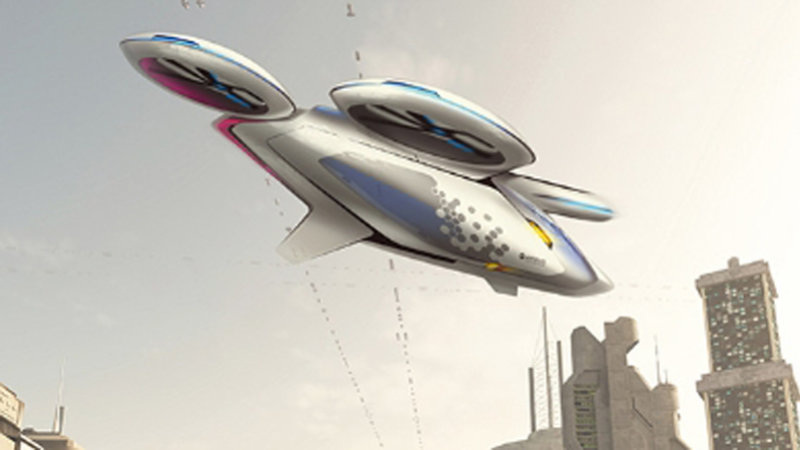-
Tips for becoming a good boxer - November 6, 2020
-
7 expert tips for making your hens night a memorable one - November 6, 2020
-
5 reasons to host your Christmas party on a cruise boat - November 6, 2020
-
What to do when you’re charged with a crime - November 6, 2020
-
Should you get one or multiple dogs? Here’s all you need to know - November 3, 2020
-
A Guide: How to Build Your Very Own Magic Mirror - February 14, 2019
-
Our Top Inspirational Baseball Stars - November 24, 2018
-
Five Tech Tools That Will Help You Turn Your Blog into a Business - November 24, 2018
-
How to Indulge on Vacation without Expanding Your Waist - November 9, 2018
-
5 Strategies for Businesses to Appeal to Today’s Increasingly Mobile-Crazed Customers - November 9, 2018
The future of transport in cities: autonomous flying taxis
With 60 per cent of the world’s population expected to live in cities by 2030, the problem is only going to get worse. A good illustration is the Brazilian metropolis Sao Paulo, which set a new record in 2014: on the roads around the city, the rush-hour traffic stretched out for 344 kilometres.
Advertisement
Flying, autonomous vehicles have always been a staple of favorite sci-fi flicks like The Fifth Element and Back to the Future, but those who assumed they’d never get the chance to be a passenger in one had better think again – Airbus SAS, the company that makes the jumbo jets, has announced its building a “self-flying taxi” that’s able to fly above city traffic, whisking passengers and cargo to their destinations in double-quick time.
No doubt most of us will warm to the idea of flying over the traffic below, but Airbus’ hover taxis may be held up by a few practicalities before they can take to the skies.
A3 project executive Rodin Lyasoff and his team are actively pursuing a project coined Vahana, an autonomous flying vehicle platform for individual passenger and cargo transport. However, they still do not have a solution for one of their biggest problems: “rush hour”, Airbus wrote on its website.
The taxi will first be operated by a pilot, but will fly itself once national regulations allow it. While this is just starting to be introduced in cars, no mature airborne solutions now exist.
‘We believe that global demand for this category of aircraft can support fleets of millions of vehicles worldwide, ‘ Lyasoff said.
“In as little as 10 years, we could have products on the market that revolutionize urban travel for millions of people”, said Lyasoff. Airbus says it’s already finalized the vehicle’s design, and its engineers are now building the first test vehicles and systems.
According to Airbus, this is to address the issue of traffic problems which not only wastes time, but also money. “According to a study, these huge back-ups in Sao Paulo cost the Brazilian economy at least 31 billion United States dollars a year; another study found that Londoners lose the equivalent of 35 working days per year idling in traffic”.
Unlike the Vahana project, several passengers would share the aircraft making it more affordable.
Lyasoff said one major challenge will be to secure reliable technology to ensure the “autonomous taxis” can sense and avoid other objects.
‘In a not too distant future, we’ll use our smartphones to book a fully automated flying taxi that will land outside our front door – without any pilot’.
In February, Airbus also announced a new project called “Skyways” in which they are creating a drone parcel-delivery system above the University of Singapore campus. The goal is to “potentially increase acceptance for passenger flight testing, thus giving a boost to urban air vehicle projects”, according to the company.
Advertisement
Bangkok in Thailand is one of many cities which is notorious for huge traffic jams and delays getting from one place to another.





























